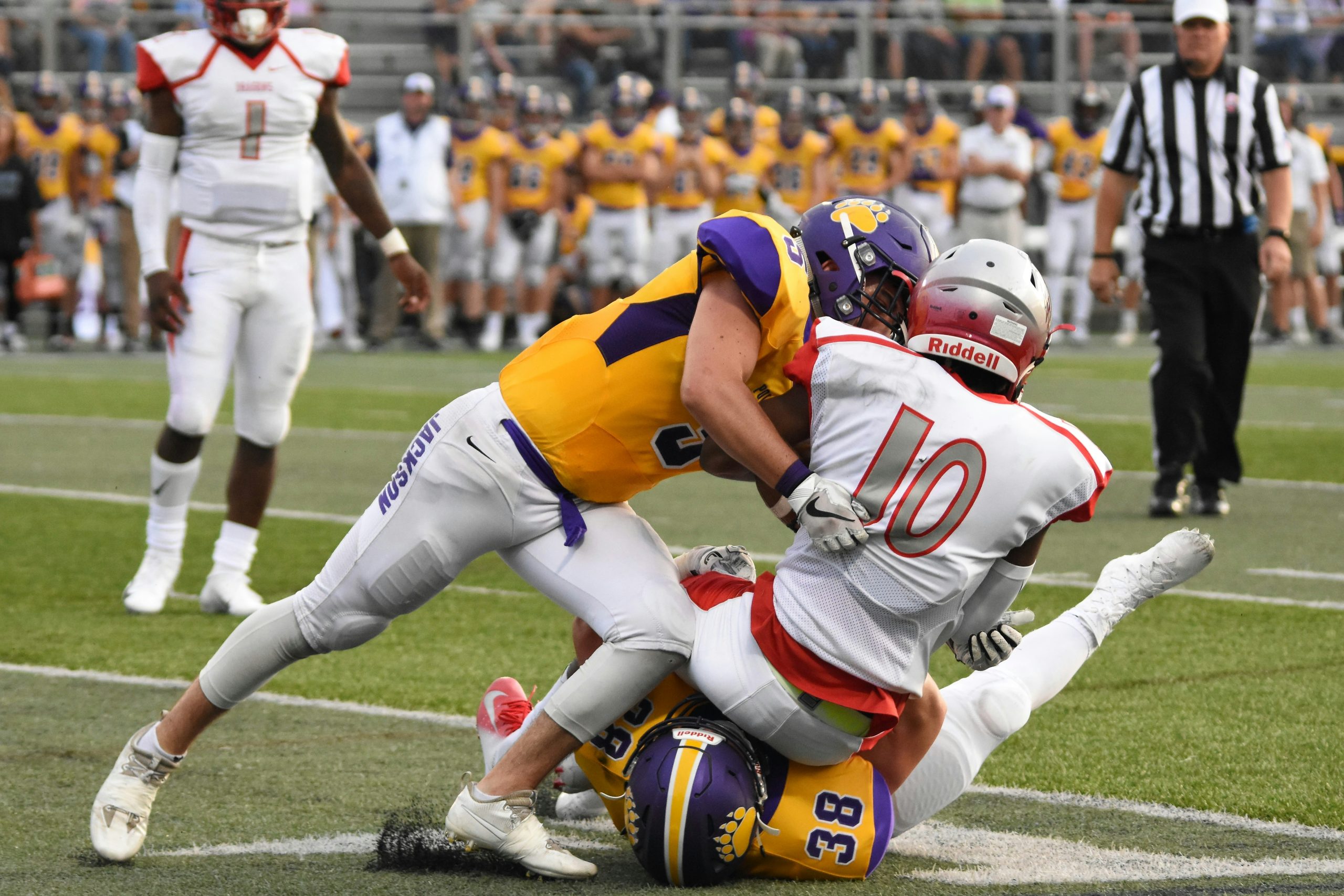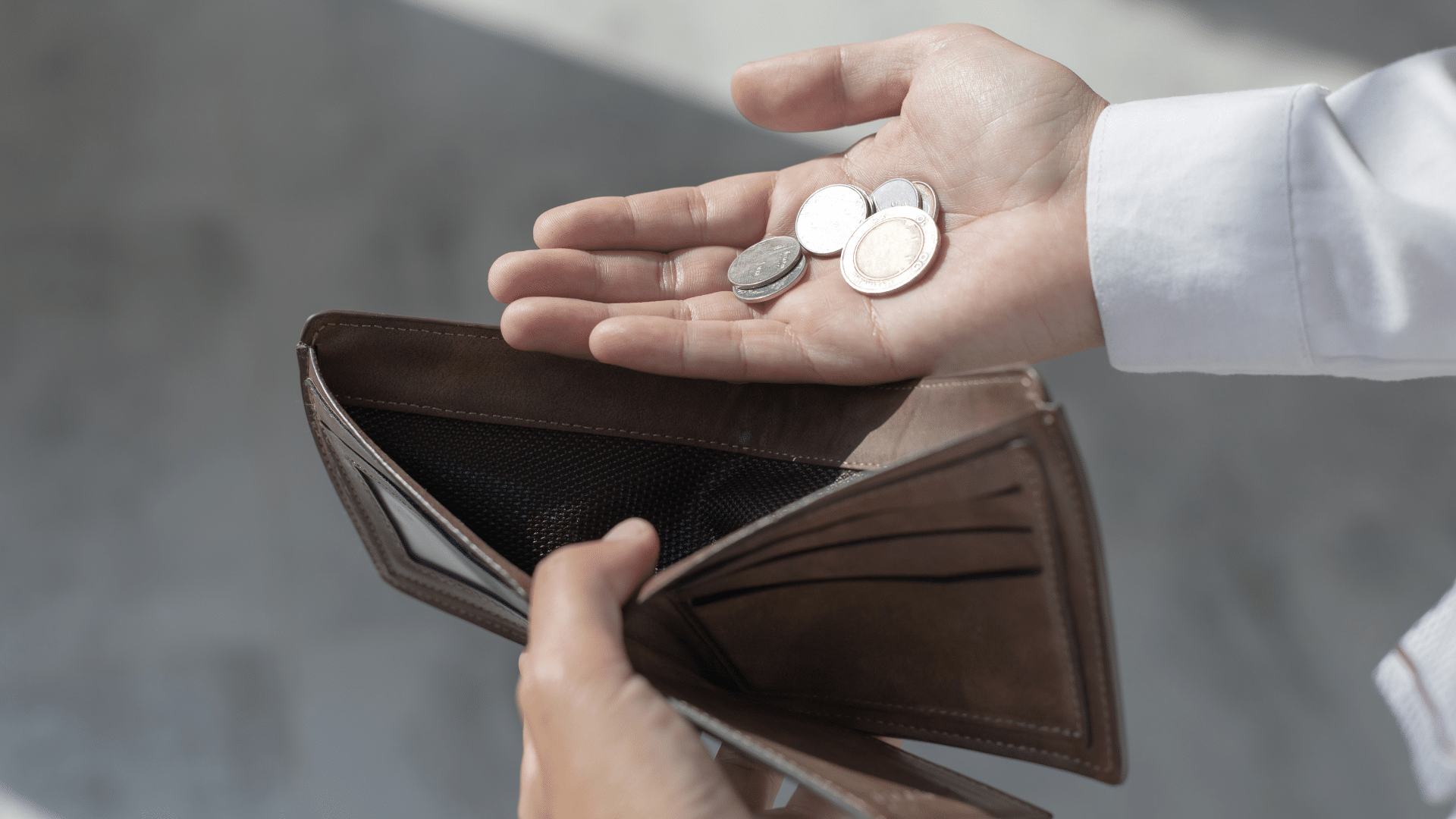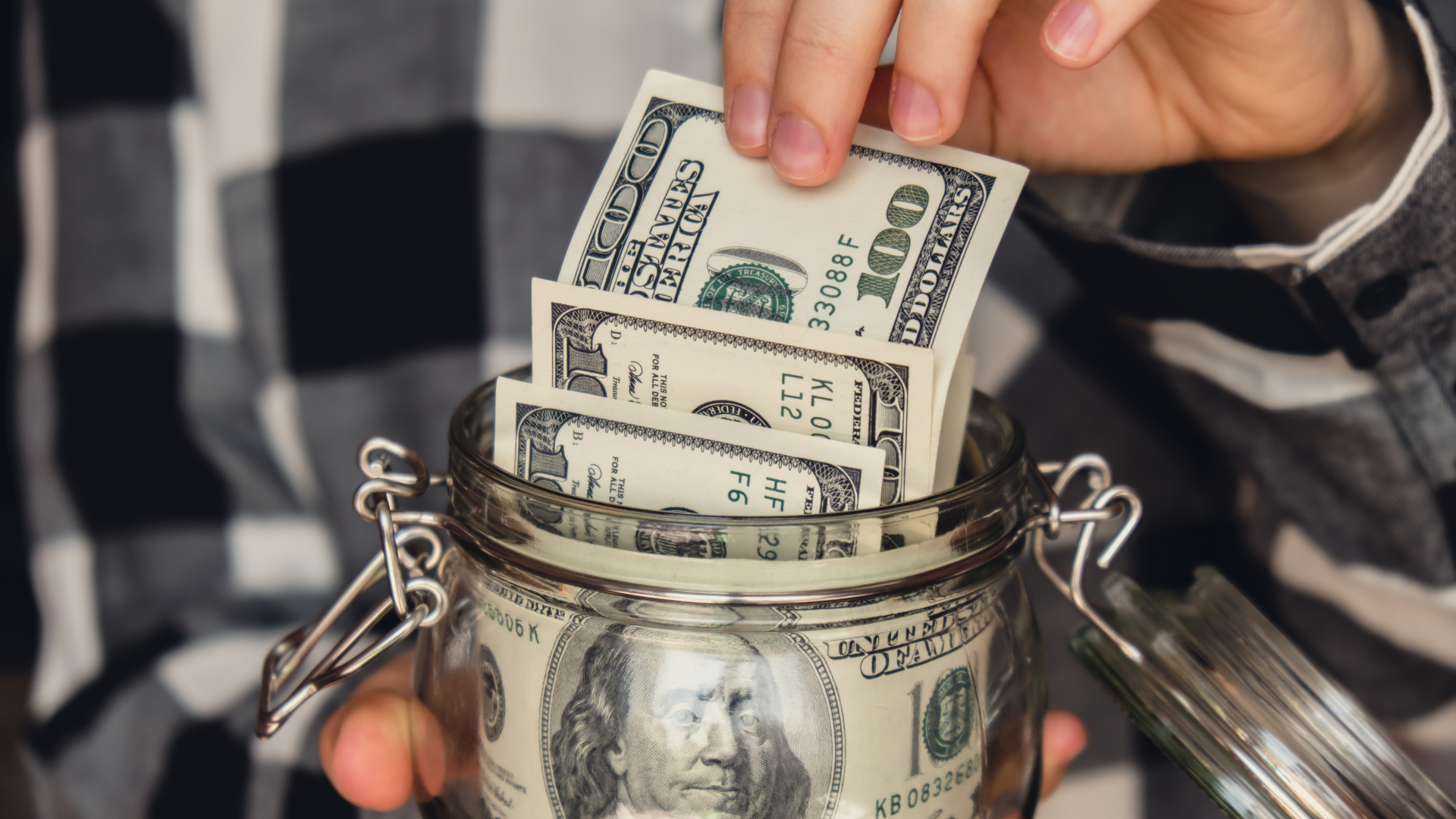College Athletes Can Now Make Money: How?

The world of college sports has changed a lot since the NCAA let athletes make money from their skills. Before July 1, 2021, athletes couldn’t earn from their sports, even though billions were made from TV, sponsorships, and universities.
The Supreme Court’s decision in July 2021 changed everything. Now, athletes can make money through NIL deals, like endorsements, merchandise, and social media.
It’s important to understand these new rules if you’re a college athlete. These changes let you use your name, image, and likeness to earn money. It’s a great time for college sports.
Key Takeaways
- Student-athletes can now monetize their names, images, and likenesses due to new NCAA rules.
- Before July 2021, college athletes could not legally earn money from their sports-related achievements.
- Many adults support athletes making money through endorsements and licensed products.
- State laws across several states facilitate NIL activities for NCAA athletes.
- High-profile athletes may benefit less than others from NIL opportunities, with women athletes finding substantial sponsorships.
- The recent policy changes have raised questions about the fairness of athlete compensation in college sports.
Understanding the New Landscape of College Athletics
The world of college sports has changed a lot lately. New NCAA rules and state laws have let student-athletes earn money beyond their scholarships. The Supreme Court’s 2021 decision allowed athletes to get gifts, endorsements, and sponsorships. This has changed how we see athlete compensation.
In 2022, college sports made about $13.6 billion, with TV rights making up $4.2 billion. The NCAA made a record $1.22 billion, mostly from March Madness. The Power 5 Conferences are getting new TV deals, offering big chances for athlete pay.
Athletes can now build their own brands and get big endorsement deals. For example, Olivia Dunne from Louisiana State University made nearly $4 million from NIL deals. But, there are still challenges. Universities can pay players directly, but there’s a proposed salary cap of about $23.1 million for the first year.
Schools are starting to pay football and basketball players directly. This change is moving away from the old “student-athlete” model. Schools and athletes must adjust to this new world, seeking financial freedom while keeping up with sports.
This time of change is good for athletes who want fair pay. It’s important for everyone to understand these changes in college sports.
The Impact of Supreme Court Ruling on NCAA Regulations
The Supreme Court’s decision in June 2021 significantly altered college sports. The ruling redefined NCAA regulations, granting more rights to student-athletes. The Court decided that the NCAA could no longer prohibit schools from providing athletes with small payments, recognizing their rights to their names, images, and likenesses.
For over a century, the NCAA’s half a million college athletes received limited financial benefits, despite the organization securing massive TV contracts. This discrepancy sparked calls for fairer compensation.
Now, schools can offer athletes tens of thousands of dollars for educational purposes, increasing competition in recruiting. It also highlights the demanding nature of college athletics, with many athletes dedicating over 30 hours a week to their sport.
There are ongoing discussions about treating athletes as employees, which could grant them more rights and compensation akin to work-study programs. This could potentially mean athletes earning about $2,000 a month, or roughly $10,000 a year.
States like Florida and Alabama have also implemented laws allowing athletes to profit from their fame, prompting the NCAA to adapt its own regulations. Meanwhile, Congress and state governments are considering additional legislation. The Supreme Court’s decision will have lasting effects on college sports, paving the way for future changes in athlete compensation.
How Do College Athletes Make Money
College athletes have several avenues to earn income beyond athletic scholarships. Since 2021, they have been able to secure endorsements and sponsorships, allowing them to profit from their name, image, and likeness while still in college.
Endorsements and Sponsorship Deals
Endorsements and sponsorships are big for athlete income. Many athletes get deals with big brands like Nike and Adidas. Even non-sports companies like T-Mobile and Amazon want to partner with them.
Some athletes have made unique deals. For example, Dienurst Collins worked with Popeyes. Decoldest Crawford teamed up with a family air conditioning business. Ga’Quincy “Kool-Aid” McKinstry partnered with Kool-Aid.
Top athletes can earn millions. Shedeur Sanders, for instance, was worth $4.7 million. This shows the wide range of endorsement opportunities for athletes.
Monetizing Social Media Presence
Social media is key for athlete income. Athletes with a strong online presence can attract sponsors. This leads to more money. Brands use social media to reach more people, thanks to athletes.
Even lower-ranked athletes can earn. The 100th-ranked athlete was worth $583,000. Athletes can show their personality in ads. This creates real connections with fans.
The Rise of Name, Image, and Likeness (NIL) Deals
The world of college sports has changed a lot since NIL deals started. These agreements let athletes make money from their fame. It’s a big deal because it lets them earn without losing their amateur status.
Defining NIL and Its Significance
NIL deals let athletes get paid through endorsements and sponsorships. This change is about fairness and equality in college sports. The NIL market is expected to be worth $1 billion a year, offering athletes a chance to make good money.
Athletes can now work with brands and build their own personal brands. They can earn money based on state laws. This gives them financial freedom from their fame.
Popular Examples of NIL Success Stories
There are many NIL success stories. For example, the Cavinder twins used social media to get big brand deals. It’s not just for basketball players; athletes in all sports can make money from their stories.
Companies like FedEx and Keurig are working with athletes. This shows that endorsements are getting more diverse, not just in sports.
| Athlete | Sport | Estimated Earnings per year | NIL Success Factors |
| Cavinder Twins | Basketball | $1.7million+ | Strong social media following and engaging content creation |
| Chase Young | Football | $13 million | National recognition and brand appeal |
| Olivia Dunne | Gymnastics | $4 million | Massive social media influence |
These stories show how branding can lead to big money in NIL. With more opportunities coming, athletes are urged to use their platforms. They should connect with brands to get their fair share of the growing college sports market.
Leveraging Social Media for Income
Social media is a powerful tool for student-athletes to increase their earnings. By using social media wisely, athletes can boost their visibility and earn more. It’s a chance to team up with brands and find new opportunities.
Best Practices for Building a Following
To grow your social media following, you need to be dedicated and know what works. Here are some tips:
- Post regularly to keep your followers interested.
- Share content that your followers will find interesting and engaging.
- Chat with your followers by answering comments and messages.
- Use popular topics and hashtags to get more views.
- Work with other influencers or athletes to reach more people.
Being active and engaging is key. College athletes, especially in women’s basketball, have shown they can connect well with their audience. This shows the potential for a strong following.
Collaborating with Brands
Working with brands can really boost your social media earnings. Brands see the value in partnering with college athletes to reach certain groups. Here’s how you can benefit:
- Take part in events and share branded content on your platforms.
- Look for sponsorships that offer personal deals, with 85% of NCAA athletes eligible.
- Use NIL platforms to find companies for partnerships.
- Make and sell merchandise that fits your brand.
- Join in on popular campaigns that match your values and appeal to your fans.
This approach not only brings in money now but also builds lasting relationships with brands. It helps grow your brand and opens doors for future endorsements. The NIL market is growing fast, reaching $1 billion a year, giving athletes a chance to succeed in endorsements.
With the right strategies, college athletes can make the most of social media. They can increase their income and brand while following the rules in the changing NIL world.
NIL Collectives: What They Are and How They Work
NIL collectives are key in college sports today. They are nonprofit groups that help athletes get sponsorship deals. These deals come from donations and resources. These groups offer a chance for athletes to make money, even if they’re not well-known. They also help donors connect with athletes. This creates a win-win situation for everyone involved.
The Role of Collectives in Athlete Compensation
Collectives make it easier for athletes to get NIL deals. This lets them focus on their sports while earning money. For instance, the YOKE Collective gives 75% of its revenue to athletes.
Also, new collectives are combining fundraising with marketplaces. This means athletes can earn more money than before.
FAQ
How can college athletes earn money while being a student athlete?
College athletes can earn money through various means, such as accepting endorsements, participating in NIL deals, and securing brand sponsorships. These opportunities allow them to profit while maintaining their status as student athletes.
What are NIL opportunities for college athletes?
NIL stands for Name, Image, and Likeness. It refers to the rights that college athletes have to monetize their personal brand. This includes earning money through sponsorships, social media promotions, and other business ventures while playing college sports.
Can colleges and universities pay college athletes directly?
As of now, colleges and universities are not allowed to pay college athletes directly. However, they can allow student athletes to profit from their NIL opportunities, which involves sponsorships and endorsements.
Why do some people believe that student athletes should be paid?
Many argue that student athletes should be paid because they generate significant revenue for their colleges and universities, especially in sports like college football and college basketball. The NCAA generates billions annually from these sports, leading to the belief that athletes should be compensated fairly.
What impact does March Madness have on college athletes’ ability to earn money?
March Madness, the NCAA basketball tournament, creates substantial exposure for college basketball players. This increased visibility can lead to lucrative NIL opportunities and brand sponsorships for athletes, helping them earn money during this high-profile event.
Are former college athletes able to benefit from NIL deals after graduation?
Yes, former college athletes can benefit from NIL deals even after graduation, as long as they continue to capitalize on their personal brand. They can engage in sponsorships and endorsements based on their college sports experience.
What types of sponsorships are helping college athletes get paid?
Various types of sponsorships are helping college athletes get paid, including local business partnerships, national brand endorsements, and social media collaborations. These sponsorships allow collegiate athletes to monetize their influence and visibility in the sports arena.
How are high school athletes affected by changes in NIL regulations?
High school athletes may be influenced by NIL regulations as they consider their options for college. Many are now looking for schools that provide strong NIL support, which can be a factor in their recruitment and decision-making process.
What privacy concerns exist for athletes regarding NIL deals?
Privacy concerns for athletes regarding NIL deals include the potential for personal information to be disclosed publicly, especially in sponsorship agreements. Student athletes should carefully review contracts and understand their privacy policy before entering into any NIL deals.






